In today’s post, I will provide a little background on the coin collection, both buying and selling and I will also take a short tangent to the gulf of Mexico. I will follow this with a quick status of where our funds are for the project. Then I will dive into the rich historical depts of the farm I grew up on. I did not anticipate the many surprises I would find.
I’m not sure when I became a history buff, but I know it wasn’t in high school or college. My grades in history were dismal on a good day. Mind you, for me to be interested in a topic, it has to touch me in a particular way. For example, about 15 years ago, I became very interested in old coins. The process of collecting coins, became more like a treasure hunt where if I looked hard enough and studied, I could find a rare coin that had been overlooked by other collectors. A coin that looked typical, but would speak volumes of history. And along the way, a hope that the coin would be a very rare find and thus very valuable. I have no fewer than a dozen books on Morgan Silver Dollars, Trade Dollars, Capped Bust 50 Cent Pieces, and the like. I found myself on weekends at local estate sales, coin dealers, flea markets, and evenings with a glass (or two) of Scotch while sorting through the trove of coins on eBay. I joined the NGC Collectors Society. NGC stands for Numismatic Guaranty Company. I would send many of my purchased coins to NGC to have them certified and sealed in a "slab" (small plastic container where the coin is protected, but can be fully viewed.) NGC has a reputation such that, coin collectors can understand the value of the coin by the given rating. The ratings start at Poor 1 all the way up to Mint State 70. Along the way, I learned that the value of a coin was the value of the metal the coin was made from. Gold being worth the most, then silver, then copper, nickel etc. I learned that congress passed, the Bland-Allison Act—which cleared the way for the minting of silver coins in 1878. The legislation required the U.S. Treasury to purchase between $2 million and $4 million worth of silver bullion each month at market prices and to put it into circulation as silver dollars.
I learned that a three-cent silver “trime” was minted at a time when congress dropped the cost of a stamp to send a letter from five cents to three cents and needed an easy way for people to buy stamps. I found myself understanding that America wanted to compete with China for goods and thus minted the Silver Trade Dollar in the mid-1800s. It contained a little more silver than China’s counterpart so merchants wanted the Silver Trade Dollar when trading outside of the United States. And one of my favorite historical stories is described below taken from https://en.wikipedia.org/wiki/El_Cazador_(ship).
The El Cazador (meaning The Hunter in English) was a Spanish brig that sank in the Gulf of Mexico in 1784. In the 1770s the Spanish Louisiana Territory’s economy was faltering due to paper money that was not backed by silver or gold. Carlos III, King of Spain, decided to replace the worthless currency with valuable Spanish silver coins. [1] On 20 October 1783 Charles III of Spain sent her on a mission to bring much-needed hard currency to the Spanish colony of Louisiana in order to stabilize the currency. The ship sailed to Veracruz, Mexico, where she was loaded with approximately 450,000 Spanish reales.[2] To be more precise, she was loaded with silver Spanish coins, mostly 8 reales, “Pieces of Eight,” It carried 400,000 silver pesos and another 50,000 pesos worth of smaller change, of various dates. At one ounce to the peso, and 12 troy ounces to the pound, that's 37,500 pounds of silver. [3] King Carlos III enlisted his most trusted captain, Gabriel de Campos y Pineda, to command the ship.[4] On 11 January 1784, she sailed for New Orleans, and was never heard from again.[5][6] Spain’s attempts to locate the ship were unsuccessful and in June 1784, El Cazador was officially listed as missing at sea.[4]
Then on 2 August 1993, the trawler Mistake, Captain Jerry Murphy and home port Pascagoula, Mississippi, was fishing in the Gulf of Mexico fifty miles south of New Orleans. As it fished, Mistake's net hung on a snag. When the crew hoisted the net and dumped the contents on the deck, they found the net was filled with silver coins. The coins bore markings from the Spanish mint in Mexico, along with the date 1783.[7][8]
I am fortunate that I was able to purchase one of the coins (certified) from this ship that sat at the bottom of the gulf of Mexico for 200+ years. I will not sell this coin, but all other coins are being sold.
To date, I have sold 220 coins on eBay. The process of selling on eBay is a little harder than buying on eBay. Pictures, history, correct pricing and the 20% commission eBay charges for coins all require attention to detail. Once sold, the coins need to be carefully packaged, insured and mailed. I have one box of 48 coins left to put up on eBay so I’m on the downhill side of this portion of the project.
To date with the sale of the coins, motorcycle, and monthly paycheck contributions, we have a total of $26,562 in our Vermont Cabane De Sucre fund. We are more than halfway there!
As with the coins, it should come as no surprise that I would have a significant interest in the history of the property that we are going to make maple syrup on.
As I stated in a previous blog post, I’m fortunate that my parents deeded the “sugarbush” over to me in January 2004. It is a little over 17 acres which is a portion of the farm that I grew up on. I started the research into the property records at the end of last year (2022) and continued up to this point (February 2023).
My parents, Robert and Christine Fortin, purchased the farm from my Grandparents, Louis and Anna Fortin, in November 1975. My grandparents purchased the farm from Earl and Gladys Hackett on February 19th, 1946, for the sum of $16,800. Growing up, I knew the history up to this point. The following history is something I did not know.
Earl and Gladys purchased the property from Earl’s fathers’ estate, Isaac Hackett, on September 21st, 1940.
Taking a step further back, I found that Asa Moran, and his son, Fred Moran sold two properties to Isaac Hackett on May 8th, 1913. It was at this point I got my first surprise. There were two properties? The first property was 150 Acres and was known as the old “Dustin” farm that I will refer to as the lower farm. The second property, 120 acres, was known as the old “Chase” farm and I will refer to it as the upper farm. The deeds from this period were handwritten and so these names are sometimes hard to decipher.
I tried using an Artificial Intelligence software application, in fact multiple ones, to help, but to no avail. Each deed had some property transfer history, so if I found the names were clear twice, I went with that spelling and then verified them with map and cemetary records. So, the farm I grew up on, was in fact two farms in the past. The maple sugarbush I have now is part of the upper farm, or the old “Chase” farm.
The lower farm’s history has Ammie Bates selling the property to Asa and Fred for $3000 on April 28th, 1900. Ammie bought the property from “H” and “M” Todd on February 21st, 1900. The Todd family purchased the property from David Dustin Allbee and Mary Allbee on April 17th, 1896. Hence why it was known as the old “Dustin” farm. Evidently, David went by the name Dustin. The Allbee’s purchased the property from Elias and Chastina Cheney on October 17th, 1872.
The upper farm was sold to Asa and Fred Moran by Martha Haskell on June 2nd, 1906. This was my second surprise. Martha Haskell is well known and highlighted in the history of the township. Little did I know that Martha would have also been part of the ownership history of the farm. Martha inherited the property from her father H. S. Haskell on September 28th, 1898. This is the same Martha Haskell that she and her husband built the Haskel Library and Opera House in Derby Line, where half is in Canada, where she was from, and half is in the U.S. where Carlos Haskell, her husband was from. H.S. Haskell purchased the property from Chester Cowles on April 16th, 1895. And Chester Cowles purchased the property from J. Chase on December 11th, 1890. Hence why it was referred to as the old “Chase” farm.
I was always told the farm was 325 acres. With the two properties, I was able to account for only 275 acres. However, while up in Vermont for 10 days a couple weeks ago, I got my third surprise. I came across an old deed where my grandparents purchased 86 acres from “Gertrude Butterfield”, on November 23rd, 1948. Butterfields was a large manufacturing company that employeed many individuals throughout their life in the township. Where I didn't have enough property to add up to the 325, I now had too much at 361 acres. I suspect the difference being that a portion of the lower farm and a portion of the 86 acres were cut off from the rest of the property when Interstate 91 was built in the early 1960s. I have a note into the township to see if they have any records of this. The farm as I now understand it, was three parcels of land each with their own path to the farm.
I have always been a believer that your biggest asset or talent, can also be your biggest liability. In my case, this surfaced when I read that each property sold to Isaac Hackett by the Moran Father and son came with the "premises and buildings." It is clear where the buildings are on the lower farm, but where are the buildings that were part of the upper farm? I needed to find out and I wasn't going to publish this post until I was fairly certain of where they were. After much wrangling, and reviewing multiple maps, websites, airial photos and reaching back into the depths of my memory (some things were scary, but those are for future posts), I believe we may have determined where the buildings were located. Several years ago, while talking to my father he stated there was an old foundation in a field that was part of the upper farm. Charla and I used a metal detector in the area of some rubble and found an old button, bricks, nails, rock blocks and such that you would expect to find as part of an old structure. I didn't know at the time, the importance of the information until this research. The rubble had been pushed to this location from a spot higher on the property. At some point in the future, we will check to see where the original structure (s) sat.
With more research, I found maps from the 1800s that show a property off an old road that is no longer in use, but for ATV and Snowmobile use. I have walked this road many times while hunting in the area (a future story when my son was young), but never questiond why it was there. It all makes sense now.
As stated above, Charla and I spent 10 days at the Vermont property recently. We have a lot of information to share in future posts. This will include pictures, and videos of super exciting tasks like tree counting, outfitting the ATV for logging, cutting of the first support poles for the sugarhouse and visiting a couple of operating sugarhouses to get advice from experts.
I feel a sense of accomplishment with this post and hope that future generations will enjoy the history as well. I will leave the reader with a series of pictures and information on the past owners of the three differrent parcels of land that became the farm I grew up on.

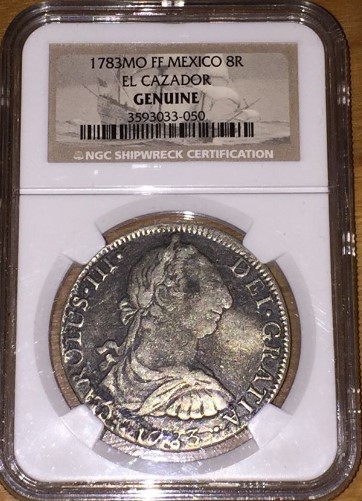















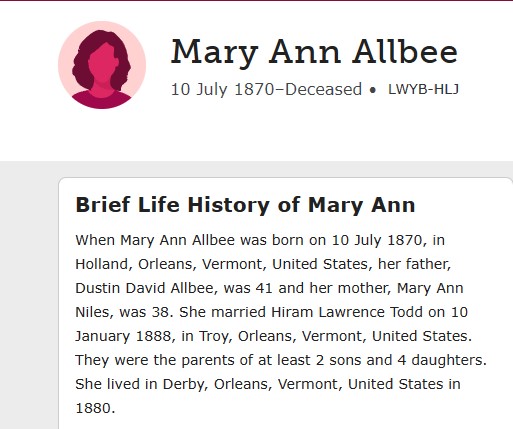

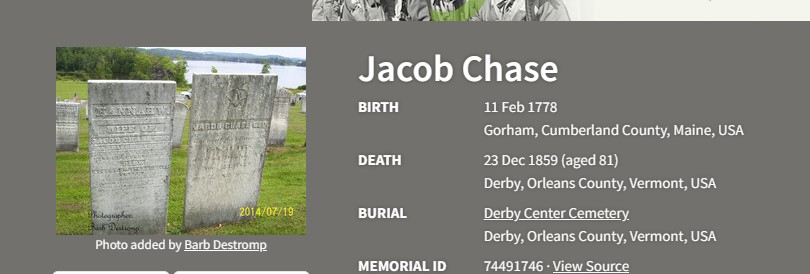



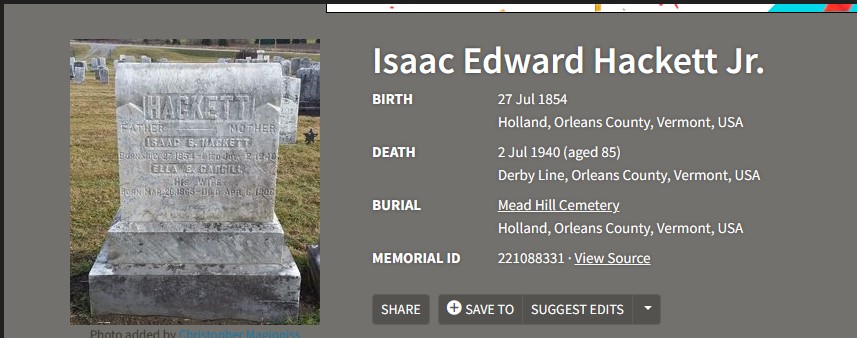



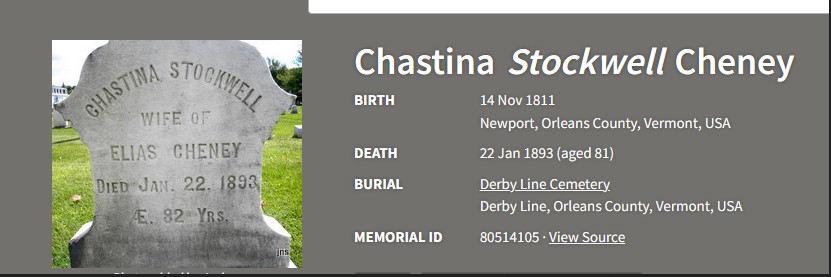



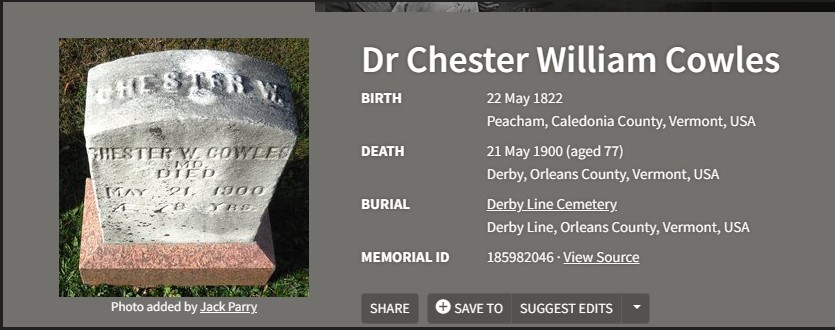

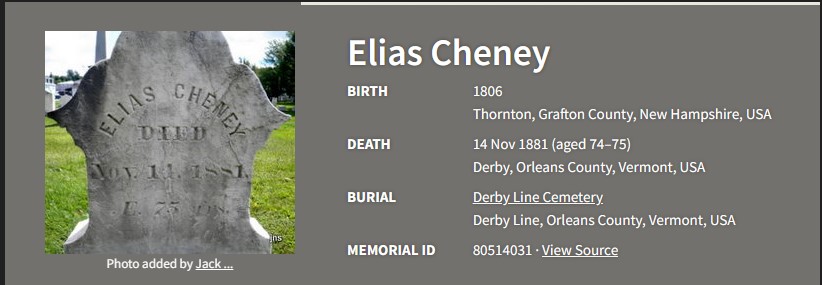



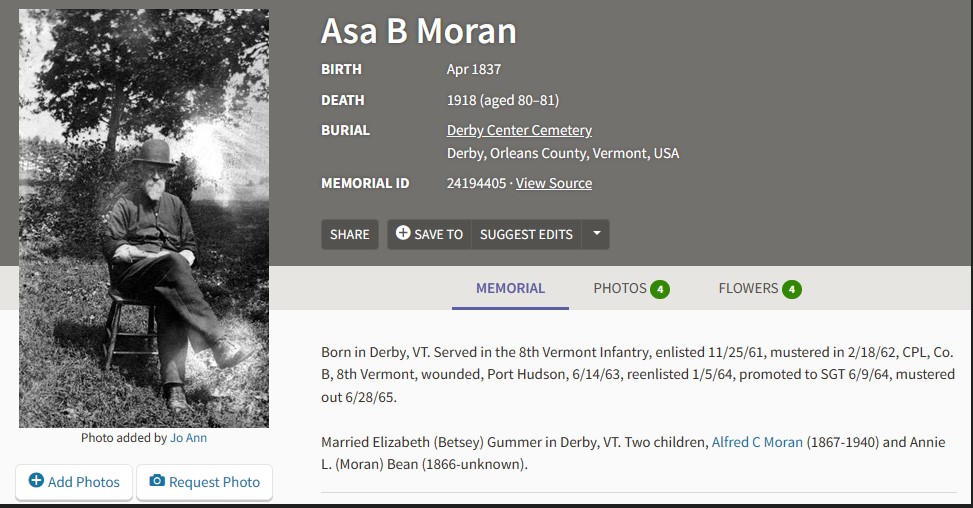

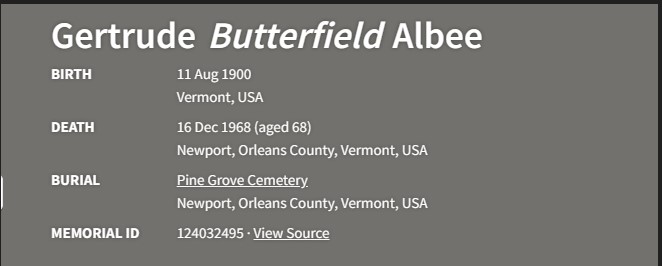

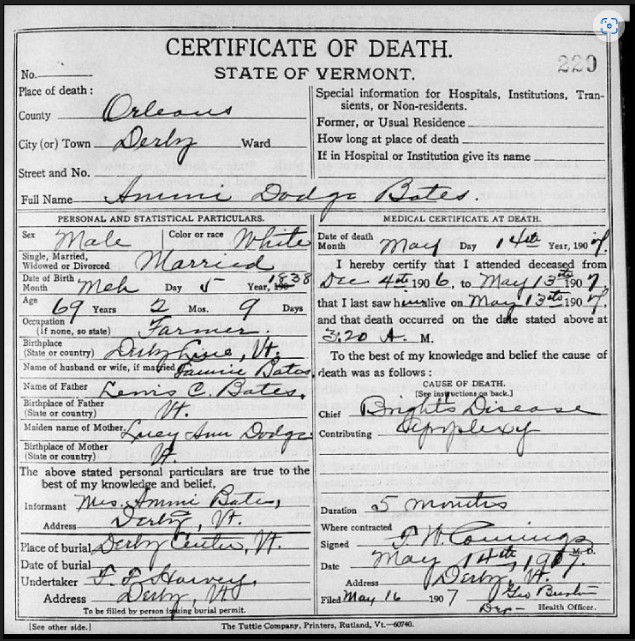

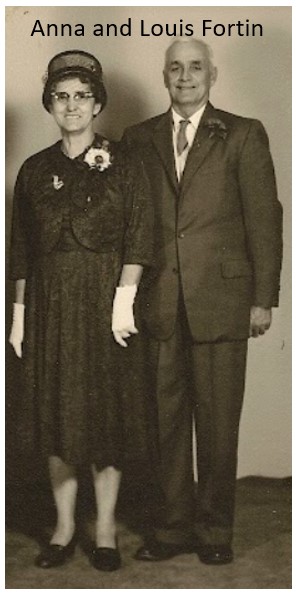
Comments